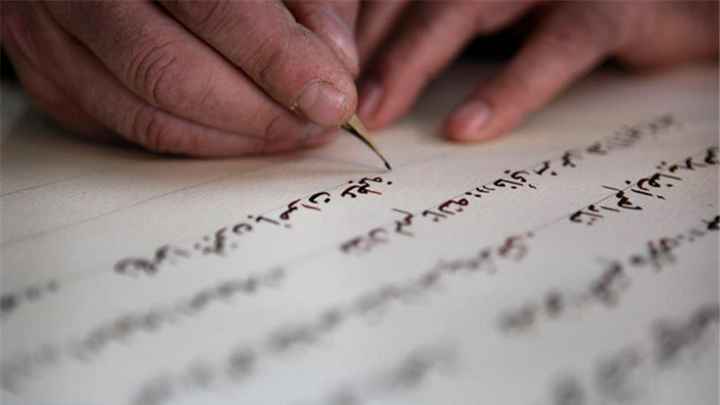What you'll learn
- Language of Mathematics
- Algebra
- Graphs
- Geometry
- Mensuration and Vectors
- Probability and Statistics
Introduction
This document provides a comprehensive overview of the LRN International GCSE Mathematics curriculum. It serves as a valuable resource for various stakeholders such as candidates, educational centers, administrators, employers, parents/guardians, teachers, and examiners. The specification highlights essential features and administrative procedures associated with this international qualification.
Objective
The primary goal of the LRN International GCSE Mathematics curriculum is to enable international candidates to demonstrate their mathematical proficiency in various areas, including the Language of Mathematics, Algebra, Graphs, Geometry, Mensuration, Vectors, Probability, and Statistics.
Mode of Delivery
This qualification is designed to be delivered within educational centers. To receive accreditation, centers must demonstrate to LRN that they possess the necessary resources, facilities, and competencies. Additionally, centers must meet LRN’s criteria for capability, capacity, and resources, including having suitably qualified staff.
Progression
The LRN International GCSE Mathematics curriculum accommodates candidates with diverse backgrounds, education levels, and career aspirations. Depending on the level of qualification achieved, candidates may progress to:
– A similar Level 2 qualification in Mathematics;
– LRN Level 2 Certificate or Diploma in Pre-A Foundation Studies;
– LRN Level 3 Diploma in Pre-U Foundation Studies;
– A higher level of any qualification – e.g., A-Level, Diploma;
– Vocationally Related Qualifications.
Breakdown of Assessment Objectives
AO1 – Use and apply standard techniques:
– Accurately recall facts, terminology, and definitions;
– Correctly use and interpret notation;
– Accurately execute routine procedures or multi-step tasks.
AO2 – Reason, interpret, and communicate mathematically:
– Draw conclusions from mathematical information through deductions and inferences;
– Construct logical chains of reasoning to achieve specific results;
– Accurately interpret and communicate information;
– Present arguments and proofs;
– Assess the validity of arguments and critically evaluate information presentation methods.
AO3 – Solve problems within mathematics and in other contexts:
– Convert problems from mathematical or non-mathematical contexts into a series of mathematical processes;
– Establish and utilize connections between different mathematical areas;
– Interpret results in the context of the given problem;
– Evaluate methods and results;
Assess solutions to identify the impact of any assumptions made.
Results
Exam series are offered in:
– January (results released in March);
– June (results released in August);
– November (results released in January).
Re-takes
Candidates can re-take the entire qualification as often as desired. However, individual components cannot be re-taken, as this is a traditional linear specification. Note that a single entry per qualification is sufficient and covers all question papers, including certification.











